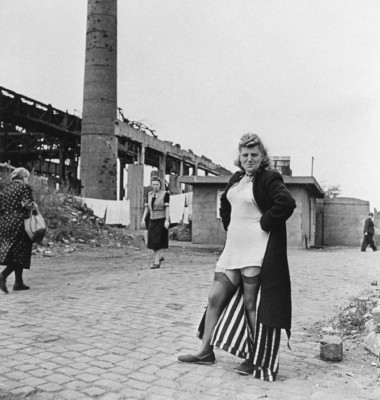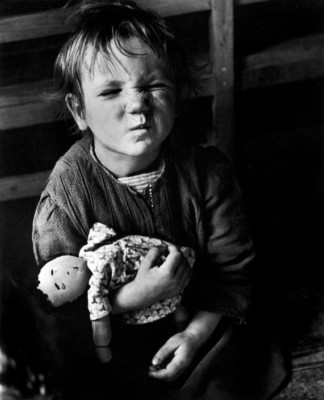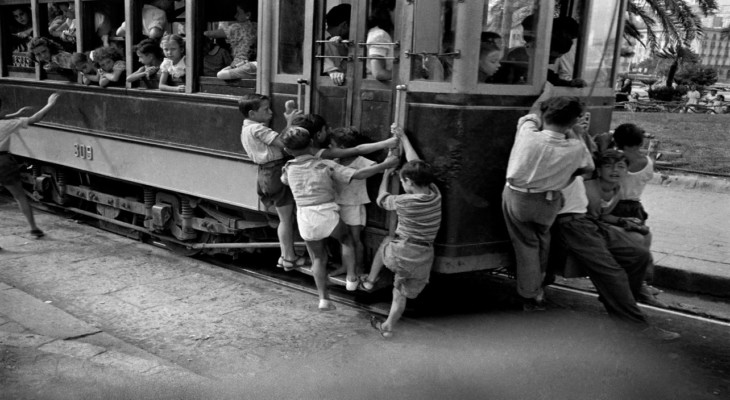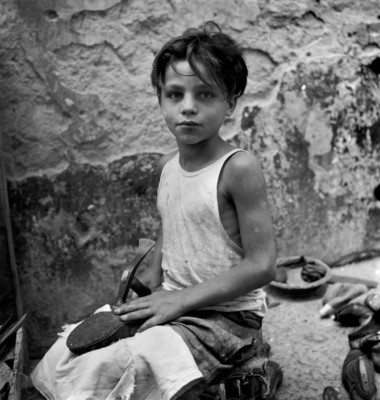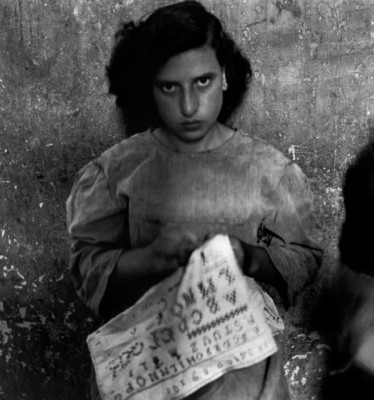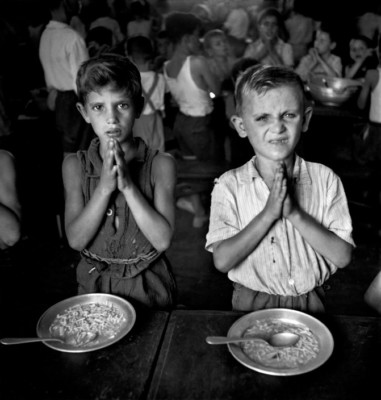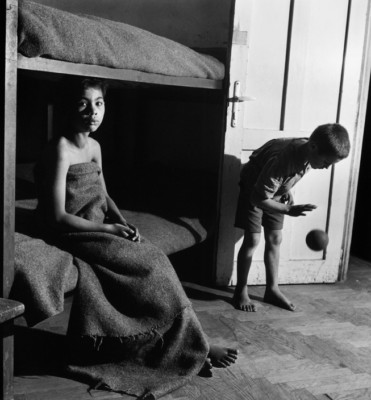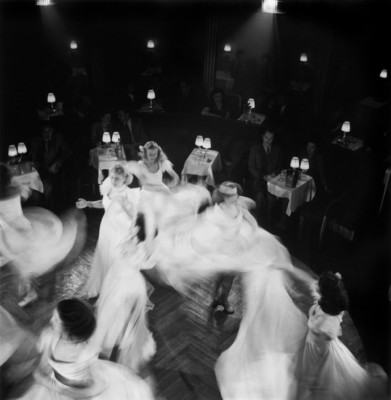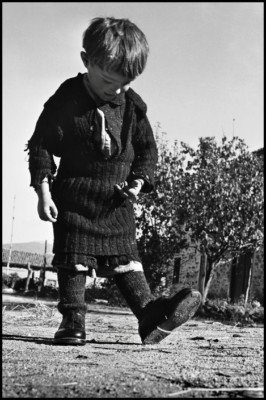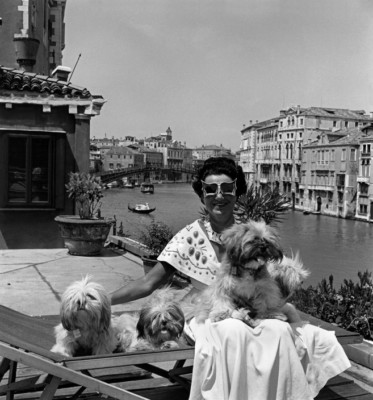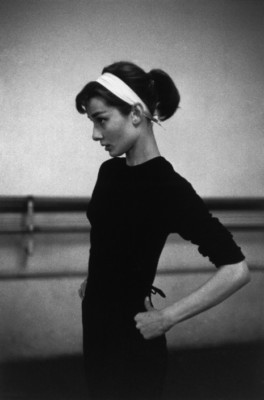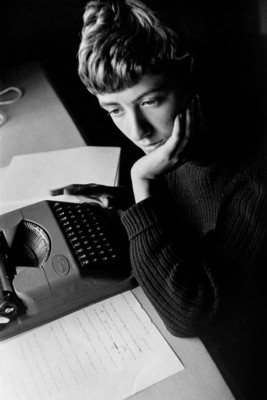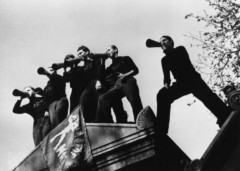David Seymour's post-war document brings focus to the children affected in the aftermath of the Second World War and documents their attempts to regain their childhood
"'All you need,' he once said as a noted photographer orated on the psychology behind one of his pictures, 'is a little bit of luck and enough muscle to click the shutter.' He might have added: a good eye, a heart and a knowing nose for news. For all of these were obvious in his work. "
- Judith Fried
David Szymin was born in 1911 in Warsaw into a family of publishers that produced works in Yiddish and Hebrew. His family moved to Russia at the outbreak of the First World War, returning to Warsaw in 1919.
After studying printing in Leipzig and chemistry and physics at the Sorbonne in the 1930s, Szymin stayed in Paris. David Rappaport, a family friend who owned the pioneering picture agency Rap, lent him a camera. One of Szymin’s first stories, about night workers, was influenced by Brassaï’s Paris de Nuit (1932). Szymin, or “Chim,” began working as a freelance photographer. From 1934, his picture stories appeared regularly in Paris-Soir and Regards. Through Maria Eisner and the new Alliance agency, Chim met Henri Cartier-Bresson and Robert Capa.
Chim photographed the Spanish Civil War from 1936 to 1938. After it was over, he went to Mexico on an assignment with a group of Spanish Republican émigrés. On the outbreak of the Second World War he moved to New York, where he adopted the name David Seymour. Both his parents were killed by the Nazis. Seymour served in the US Army (1942–45), winning a medal for his work in intelligence.
In 1947, along with Cartier-Bresson, Capa, George Rodger and William Vandivert, he founded Magnum Photos. The following year, he was commissioned by UNICEF to photograph Europe’s children in need. The following year, he was commissioned by UNICEF to photograph Europe’s children in need. The influential 51-page booklet was one of the most significant photo stories of all time, according to Magnum historian Nadya Bair, who called it “an exemplary accomplishment in the history of photography… Seymour had shown how the camera could reveal the human condition.”
Chim went on to photograph major stories across Europe, Hollywood stars in Europe, such as Sophia Loren, Ingrid Bergman and Audrey Hepburn, and the emergence of the State of Israel. The way he engaged with the people he photographed, inviting them to look directly at him, demonstrated his “empathy and the humanism of his pictures,” which greatly influenced other Magnum photojournalists and beyond.
After Robert Capa’s death, he became the new president of Magnum. He held this post until November 10, 1956, when, traveling near the Suez Canal to cover a prisoner exchange, he was killed by Egyptian machine-gun fire.














